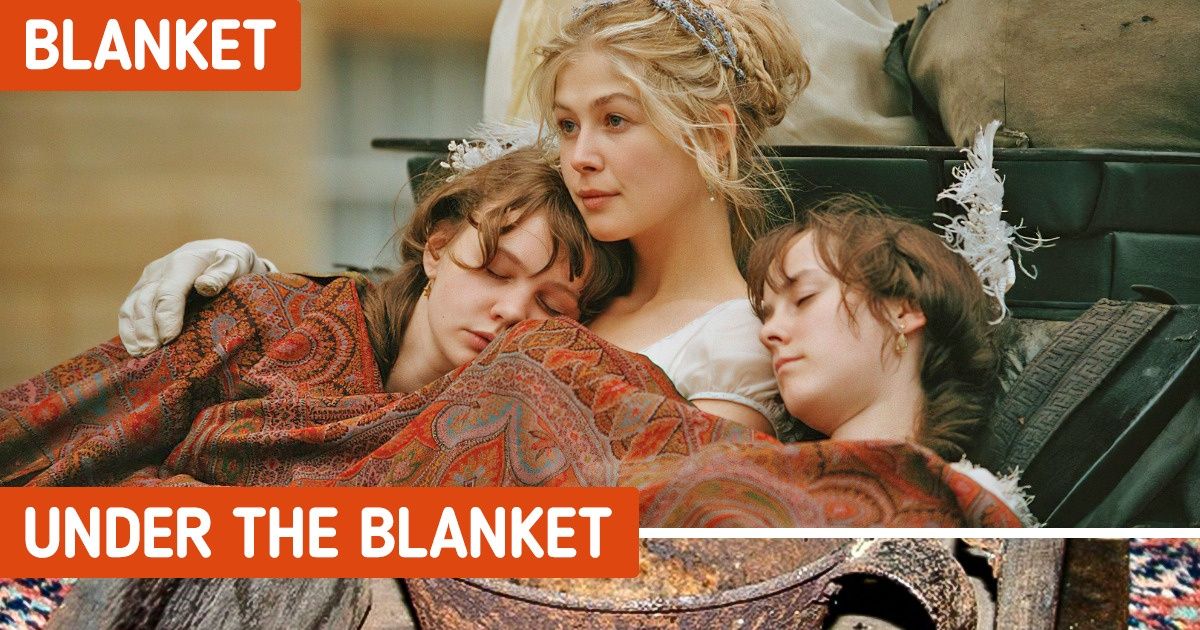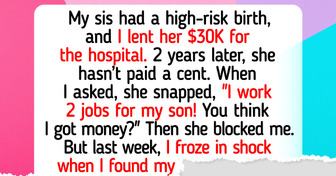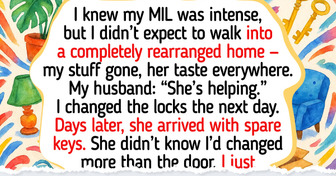Today i am going to show you that how to earns more than $500 every day simply working and staying at home. .......


We at Bright Side decided to learn about what tricks people from different countries would use to keep themselves warm in cold weather and how effective those methods are.
There are many houses in China that lack central heating. Wealthy people get radiators and under-floor heating pipes installed. People from older generations and the ones who don’t have sufficient funds, keep themselves warm using the method “put on as many layers of clothing as possible.” They put on several jackets at once. Moreover, sometimes it is so cold indoors that they have to put on more clothes after returning from outside, not vice versa.
Here are other ways that the Chinese traditionally use to heat their shelters up:
A woman sewing and sitting on a Kang
There is still no central heating in Japan and the walls of their houses are as thin as paper. The insulation is also bad, that’s why cold comes from everywhere — from the windows, doors, and floors. The thing is, many houses there are built to be “disposable.” Their service life is 30 years, after which the houses are demolished and rebuilt. As a result, the rooms can be quite cold even in warm winters. But the inventive Japanese have found several ways to solve this problem:
The foot stove was a wooden box that had a ceramic or metal bowl or pot with hot coals placed inside it. At the top of the box, there were holes through which warm air would come out. By putting your feet on top and covering the box with long clothes or a blanket, one could get really warm. In the 19th century, in the US, these “chairs” were often brought by people to sit on benches through long church services and not get cold.
Poor people traveling in carts or sleighs warmed themselves in their own way — they would carry heated bricks with them or use an iron or baked potato as a heating pad.
Israel is a warm country that’s why summer houses are mainly built there. As a result, it becomes really cold during those short winter periods — the floor tiles become icy, cold cement walls and drafty rooms take away all the warmth that could be inside. But in addition to heating radiators and air conditioners with a heating function, people have found a few more simple ways to keep warm in the cold season:
Since ancient times, the Finns have been basking in saunas. Moreover, saunas were not just a place where one could wash — in winter, they served as a dwelling. The sauna was just a hole in the ground without any windows. Inside this hole, there was a pile of stones that was kept warm by burning large amounts of wood located under it. After 6–8 hours of warming up, the smoke was released through the hatch, and one could go in and enjoy the warmth.
Modern houses in Finland also have good warmth insulation and, oftentimes, they have triple or even quadruple or even quintuple glazing. Many houses are connected to a central heating system, however, 70% of new buildings represent small houses that are built using heat pumps that convert energy from external heat sources (water, air). They are small in size and don’t require fuel.
Fireplaces in movies are associated with coziness and warmth but, in reality, they were not that helpful at all: the biggest part of the heat left the house through the chimney. Even if a fire had been burning in the house all day long, the temperature in the room rarely rose above freezing, and the food would simply freeze. At the same time, there was normally one room that was heated and where all of the family members would gather, even in a big house. In order to not get cold while sleeping, the residents of Great Britain and the US used numerous tricks:
Most of Sweden has switched to environmentally-friendly home heating systems. In many houses here, they use geothermal heating utilizing the natural warmth of the earth that is responsible for the cozy atmosphere. However, it is quite expensive to install this system — it usually pays off after around 8 years. Other ways to get warm are no less interesting:
How do you keep yourself warm in winter? Do you have favorite dishes and beverages that you save for especially cold evenings?
Today i am going to show you that how to earns more than $500 every day simply working and staying at home. .......












